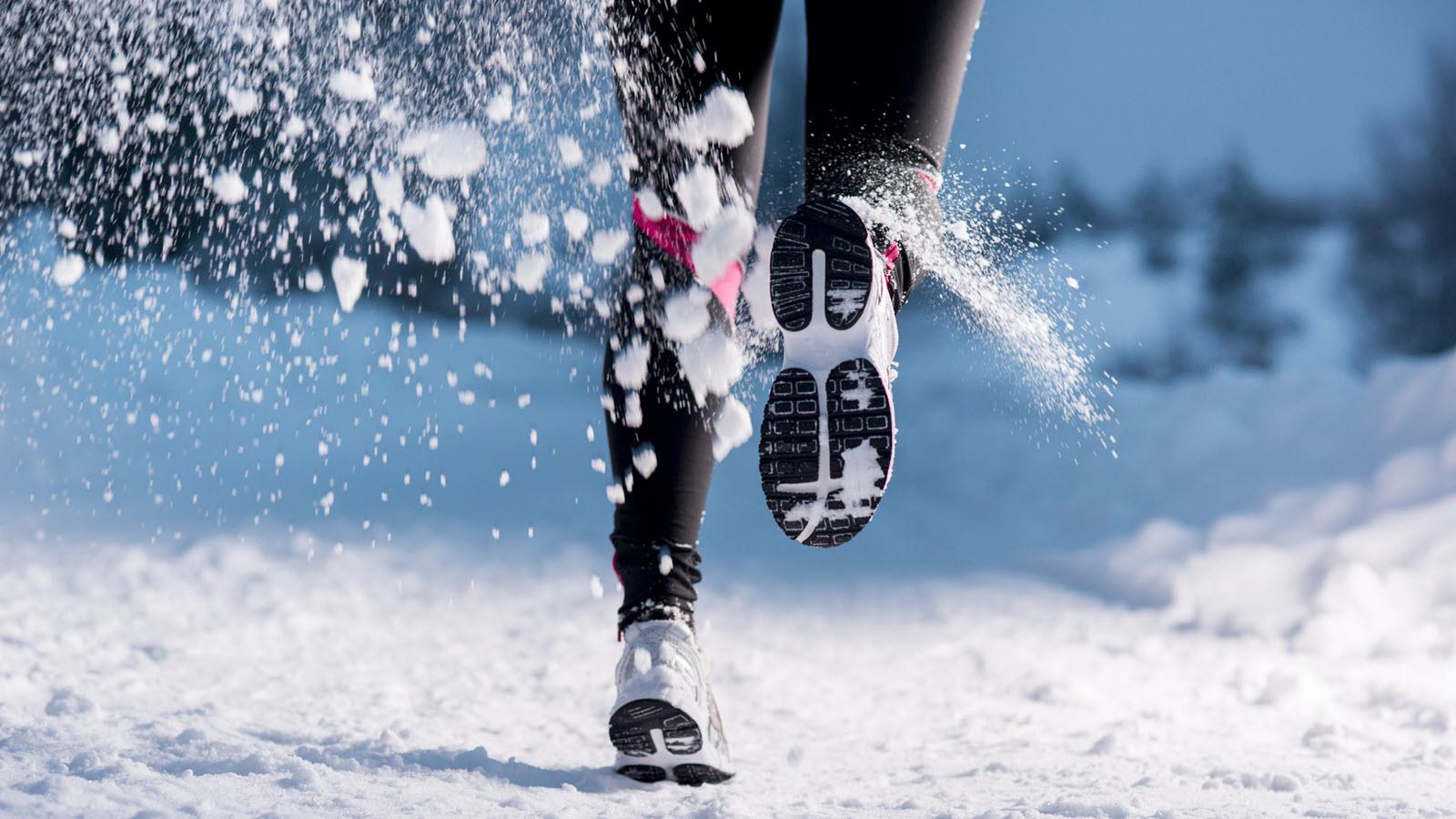It’s 6 a.m. and you step outside to get in your daily exercise. But it’s dark and cold. Your breath is hanging in the air like a cloud. Do you need a new workout routine?
Hold on a second, experts say. Layer up and enjoy the benefits of outdoor exercise on your mental and physical health, said Dr. Brittany Ferri, medical advisor at Medical Solutions Barcelona, Spain.
“Outdoor winter workouts give your body the Vitamin D it craves, boosting mood and energy, while maintaining the body’s circadian rhythms,” she said. “At the same time, you are strengthening your lungs, heart and circulatory system.”
Mom was right. Wear layers.
Before heading out into the winter scenery, do some prep work so you stay safe and comfortable, Ferri said.
“Dress warmly and wear layers, which will keep you warm when you need it and then allow your body to cool itself off by removing some layers,” she said. Also, wear gloves and a wide headband to keep your ears warm but avoid scarves.
While the right combination of clothing will depend on your exercise intensity, Mayo Clinic suggests:
- a synthetic base layer to draw away sweat
- a layer of fleece or wool for insulation
- a breathable, but waterproof outer layer to stay nice and dry
Don’t forget to drink water, wear sunscreen and use safety gear such as lights and reflective materials when needed, Mayo also recommends.
How low can you go?
Chillier temperatures can be easier on your body than heat, Dr. Adam Tenforde, assistant professor of sports medicine and rehabilitation at Spaulding Rehabilitation network, said in an article for Harvard Health Publishing. When temperatures dip to 30 to 40 degrees Fahrenheit (about 0-5 degrees Celsius), you can still enjoy your regular outside routines, like walking, running and even cycling, he said.
"In colder temperatures your heart doesn't have to work as hard, you sweat less, and expend less energy, all of which means you can exercise more efficiently," he said in the Wonders of Winter Workouts.
But sometimes temperatures drop to a dangerous level. Consider switching to an indoor workout if temperatures go below zero or are accompanied by a high wind chill, Ferri said. Know about frostbite and hypothermia. And if you have respiratory conditions or other health problems, talk with your doctor about how to say safe when exercising in winter.
For more advice on winter exercise, check out these tips from the U.S. Centers of Disease Control: Six Tips to Stay Active This Winter



